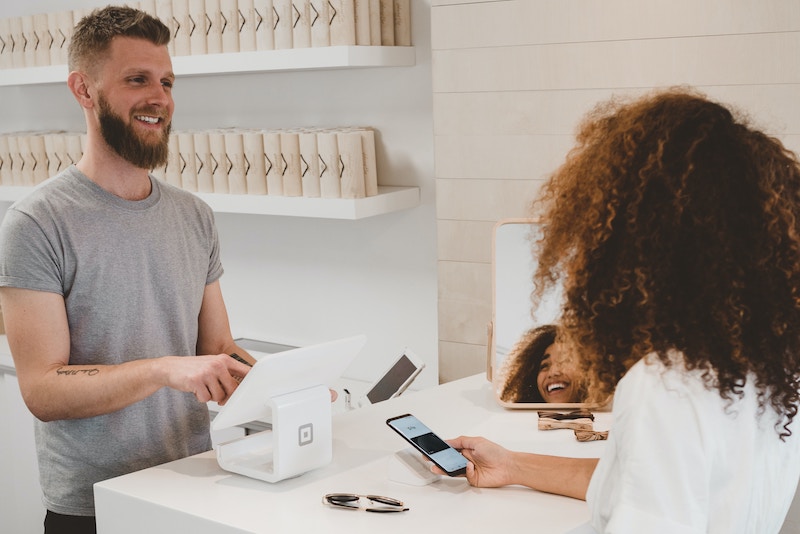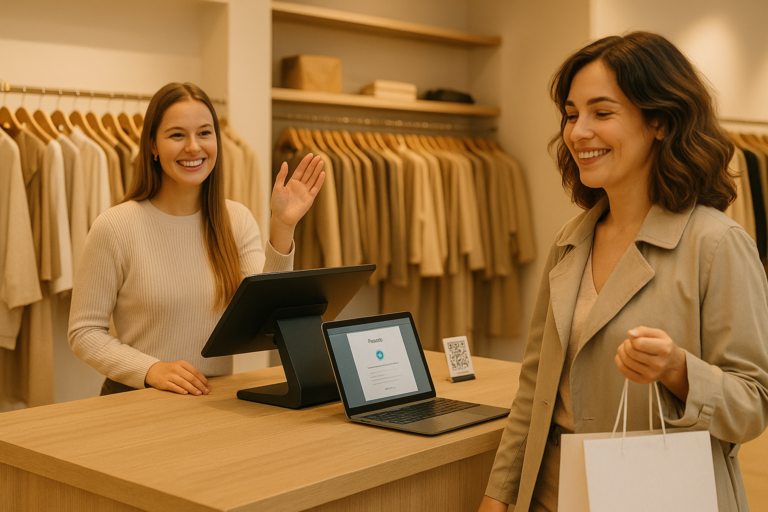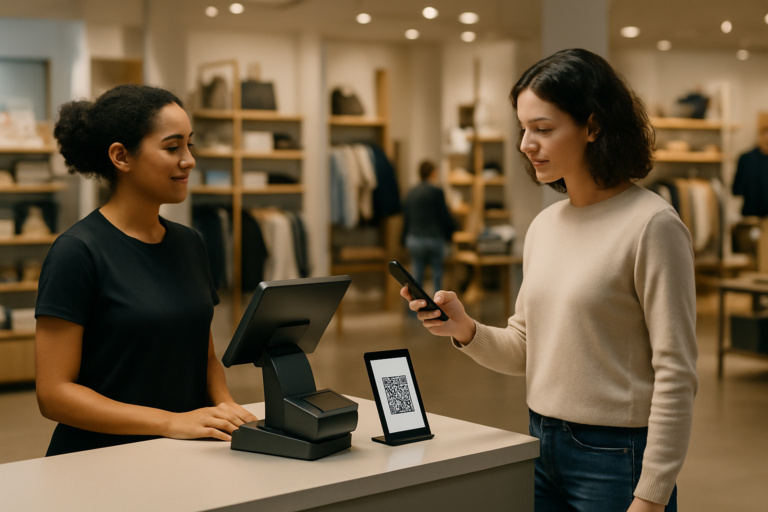Businesses all have one thing in common and that is a need for customers. Customer-centric retailing is essential, as customers are the ones who spend the money that keeps the company going. Their revenue drives innovation and development, dictating where businesses will go next.
There has, however, been a long tradition of being product-centric in business. This is where the product is created and then the customer is convinced of WHY they need this product. Many companies would market to different types of consumers in order to try and capture their attention to sell more products.
However, with the rise of the digital age, with consumer power holding more and more control over whether retailers are winners or losers, a shift to a more customer-centric approach is now the way to go. Customer-centric retailing is not just a buzzword but a strategic shift that businesses must embrace.
What is customer-centric retailing?
Customer-centric retailing is choosing a customer base and then creating products for their pains and desires. In the simplest way possible, in a customer-centric model, a customer tells a retailer they have a headache, so the business creates a painkiller to solve this. In the old product-centric model, a painkiller is created and then the business tries to tell everybody to buy it just in case they get a headache in the future.
But how does this lead into retail? For a retailer, looking to shift into a customer-centric approach means a big shift in both strategy and operations. It’s not an easy task, but it’s one that will ensure the best chance of being able to understand customers’ needs and anticipate how they can meet them.

The role of technology in enabling customer centricity in retail
Technology will continue to drive this personal approach forward with the extended level of customer data and insight that is now available. Merging the online and in-store shopping experience together can allow retailers to track customer preferences and purchases. The way that a customer behaves in-store may not be the same as in digital, but being able to see this from a data level means that the retailer can use this to its advantage – and the advantage of their customer if their needs are fulfilled.
Creating a customer-centric retail experience in a store is all about creating a space where a customer feels understood and valued. This could be in something as simple as a store layout that correlates with how those customers shop or where best to place kiosks offering help and support.
Even the personal touch of training staff to know customers’ needs is really important. If customer data shows that there are some products they aren’t purchasing, employees can be trained to understand why certain products might not be appealing and how to introduce alternatives that align more closely with customer preferences. This level of personalised service can enhance the shopping experience, making customers feel heard and respected.
The main goal of becoming a customer-centric retailer is to create an easy, seamless and enjoyable experience that makes customers want to return. This store is designed for them, with them in mind, offering them products and services that fulfill their needs. However, in order to do this, it’s key that retailers have access to and execute from a rich data source.
How can brick-and-mortar create more customer-centric retail experiences?
From simple interpersonal options to more tech-driven actions and implementation, there is a wide range of ways that retailers can offer more customer-centric experiences. Granted, they are customer-led, so would need to be down to the individual customer base of that retailer. However, we are already seeing some great examples across the industry.
Personalised In-Store Experiences
Selfridges in the UK is a luxury department store that carries high-end brands and is a renowned name worldwide. Their customer-centric experiences include simple things such as personal shopping assistants and custom-tailoring. While these are quite “old school”, they show a return to that personal service that was once a mainstay of many retailers, driven by the needs and desires of their customer base.

Localisation of Store Offerings
While many retailers are international, different markets have different requirements. What someone puts into their shopping trolley in France is probably markedly different from someone in Italy, for example. Many retailers take this data and use it to influence their wholesale purchasing decisions, but also their store layouts. In the US, they are using this data to create a more inclusive shopping experience for hypermarkets such as Walmart.
Omnichannel Integration
UK-based retailer John Lewis, which also owns the high-end supermarket chain Waitrose, has taken the company’s traditions and brought them into modernity with its seamless omnichannel experiences. Here customers can check availability online before visiting the store. Alternatively, there are options for John Lewis items to be delivered to a local Waitrose store (as there are more of these than John Lewis outlets). This is particularly key as many other department stores in the UK, such as BHS and Debenhams, have ceased to trade. John Lewis is known for good quality and a slightly “old fashioned” vibe but has managed to leverage this into a distinctly modern customer-centric approach.
Embracing the future – customer-centric retailing
Many retailers will already think they are “customer-centric”, however in the last few decades, there has been a mostly product-based approach. This isn’t just in retail but across any kind of sales environment. Selling more and producing more has often been the target of many businesses.
However, with financial pressures, a concern for the environment and many opting to be more careful with their spending purchases, it’s really time for retailers to listen to the guidance from their customers. By adopting a customer-centric approach in retail and leveraging tools and data collection devices such as refive to discover customer insight, retail can become that little bit easier. Your customers will give you the answers to where to put your emphasis, whether in product development, marketing or even store layouts. If you are ready to take the next step to a more customer-centred approach, get in touch with refive today to find out more about how we can help.









